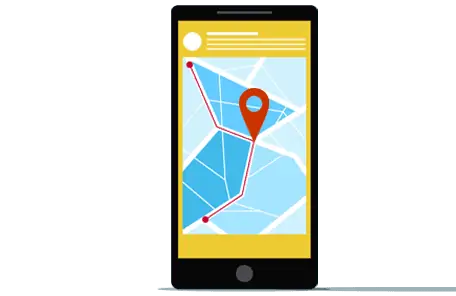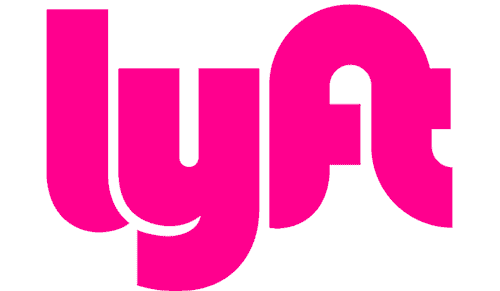Chapter 2
- How Does Ridesharing Work?
- Types of Rideshare Options
- What Is the Difference Between Rideshare and Carpooling?
- What Is the Difference Between Rideshare and a Taxi?
- Best Lyft Promo Codes for New and Existing Users in 2021
- Best Lyft Promo Codes for New and Existing Users in 2021
- Best Lyft Promo Codes for New and Existing Users in 2021
How Does Ridesharing Work?
The basic principles of rideshare and how it works for passengers.

No that we have a better understanding of the concept behind ridesharing, let’s take a deeper dive into how rideshare apps work.
Ridesharing is entirely app-based and the experience appears very seamless.
Each company has its own app that searches for available drivers when you open it.
While each app is different in it’s own right, most rideshare apps follow the same formula:
You open the app, reserve a ride, and then hop in the vehicle once your driver has arrived.
Ride reservation, payment, and account management are all handled through your rideshare app.
Each rideshare app will have its own unique intricacies, but most will have similar functionalities.
Here’s how they work.
You can reserve your first ride after creating your rideshare account.
You’ll open the app, type in your destination, and see available vehicles in your area.
The app will show you how long it will take for your rideshare driver to arrive, how long your trip will take, and how much your trip will cost.
You then reserve your ride and wait until your driver arrives.
Upon arrival, you’ll hop in and head to your destination.
All drivers are given thorough background checks to ensure the safety and comfort of passengers.
After your trip, you can tip your driver through the app and rate your experience.
You never need to worry about paying your driver cash since all payment is handled through the app.
There are three main types of rideshare apps — standard rideshare apps, taxi-hailing apps, and carpooling apps.
Standard rideshare apps are what most people think of.
You reserve a ride and an independent contractor will come to pick you up in their vehicle.
Uber and Lyft are great examples of rideshare apps that follow this formula.
Taxi-hailing apps are one step closer to your traditional taxi service.
These apps have adopted the rideshare model and applied it to the taxi business.
You’ll reserve your ride and a licensed taxi driver will pick you up in their cab. Curb and Arro are two taxi-hailing apps.
The last rideshare option you have is a carpooling app.
Carpooling apps let you team up with others in your area to share your ride.
You can either list your vehicle on the platform and allow others to drive with you, or you can reserve a ride in someone else’s car.
It’s a great way to split the expenses of fuel and reduce your carbon footprint.
Waze Carpool is one example of a carpooling app.
There are many options out there for you to choose from.
We’ve done the legwork and found the best ridesharing apps on the market.
Carpooling is a more casual relationship between drivers and passengers who know each other.
Commuters would carpool to work, split gas costs, alternate drivers, or give free rides.
Ridesharing is a service that you pay for.
You don’t know your driver beyond getting a name and picture when you book the ride.
The driver is taking you to a destination, but they aren’t necessarily going to the same place.
Rideshare drivers aren’t professionals like taxi drivers are.
They are everyday people who want to make money on the side and enjoy taking people from place to place.
Drivers don’t go through the background checks and training that cities mandate taxi drivers complete.
Still, each company will screen its drivers.
Some companies have high-end services that allow you to request screened drivers.
Uber Lux and Uber Taxi are examples of ridesharing apps that more thoroughly vet their drivers.


